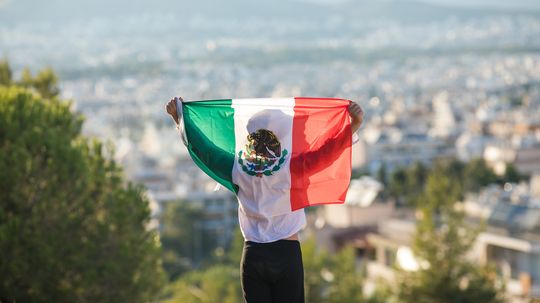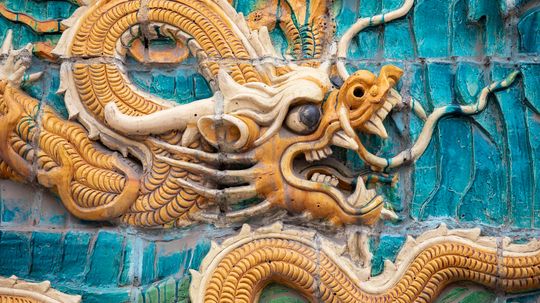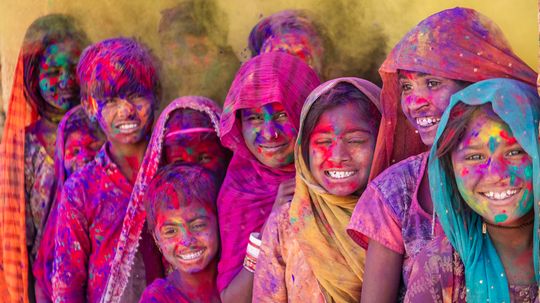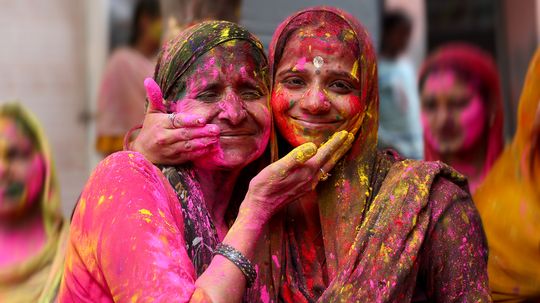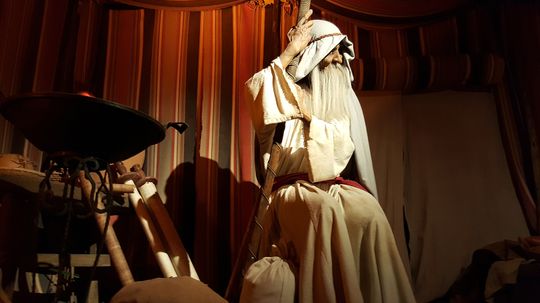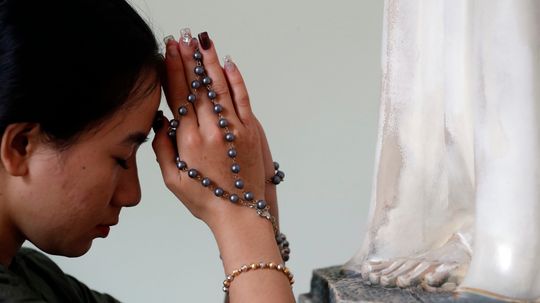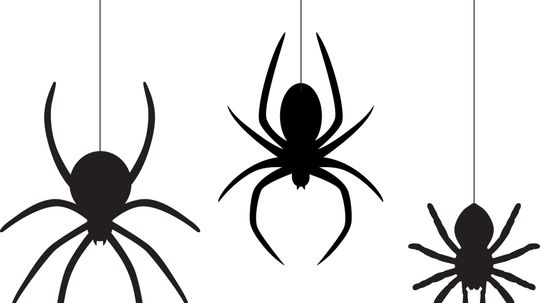Culture & Traditions
Cultures and Traditions takes a look at how people interact with each other. This might be through sub-cultures, relationships, fads or religion and spirituality.

Inside LA's Forest Lawn, Where the Biggest Celebrities Rest in Peace

Is Human Composting the Greenest Burial Option?

What's With Germany's Strict Burial Regulations?

Unleashing Majestic Power: Exploring the Symbolism of Lion Tattoos
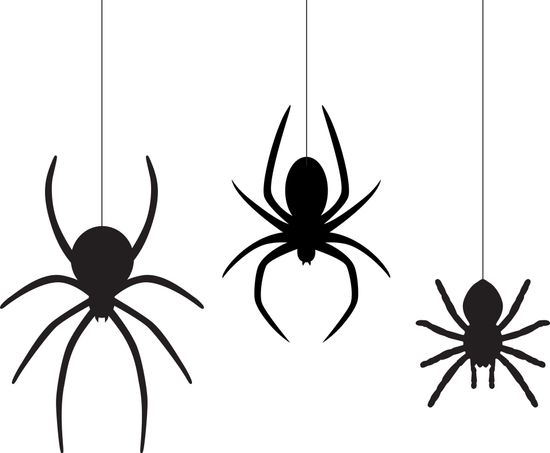
Unveiling the Profound Symbolism of Spider Tattoos

Unraveling the Symbolic Tapestry of Dragonfly Tattoos: Meanings, Designs, and Transformative Power

The 10 Weirdest Foods in the World Have Us Struggling to Finish Lunch
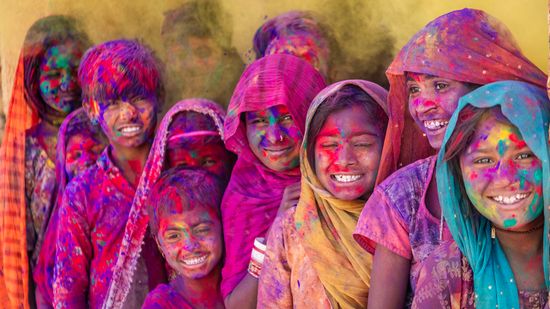
13 Indian Festivals That Celebrate Life, Love and Renewal

10 Japanese Festivals With Distinctly Different Vibes

12 Weird Words That Don't Always Mean What They Used To

5 Types of Communication You Didn't Know You're Using

The Most Common Words in English Aren't Nouns or Verbs
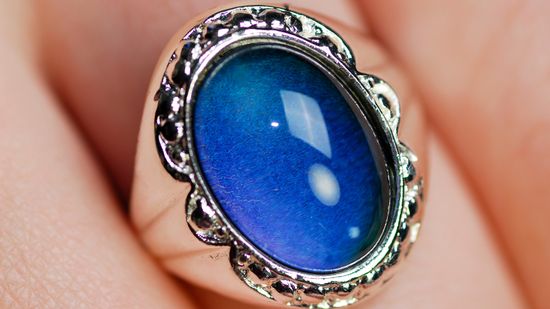
What's the Science Behind Mood Rings?

10 Things We Love to Hate About the '70s and '80s

Celebratory Yard Signs Are Having a Major Moment

5 Family Traditions for New Babies

5 Family Anniversary Traditions

5 Family Traditions for Daughters
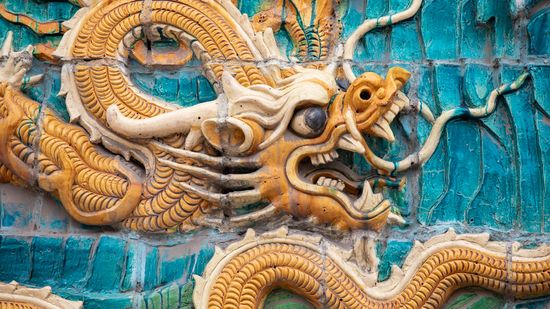
13 Types of Dragons Humans Have Dreamt Up Over Millennia
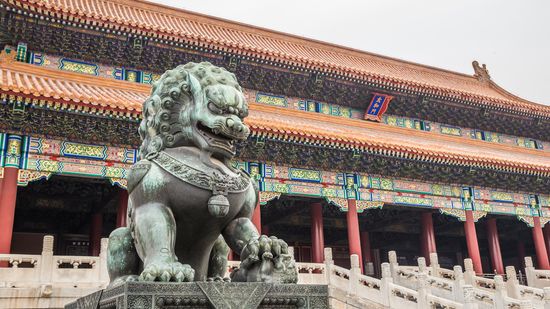
Foo Dog: A Mythical Mix of Lion and Chow Chow

Are Black Magic Spells Powerful? The Truth Behind Their Strength

20 Old Money Last Names That Scream Aristocracy

20 Most Common Surnames in the U.S. (and What They Mean)

What Are the Most and Least Popular Birthdays in the U.S.?

90s Slang You Don't See Anywhere but TikTok Anymore

7 Gen Z Characteristics to Help You Understand Zoomers

10 Millennial Characteristics to Decode a Generation

How Many Sentences Are in a Paragraph, Really?

All About Adjectives: Examples, Types and Uses

Simile Examples in Literature and Everyday Language
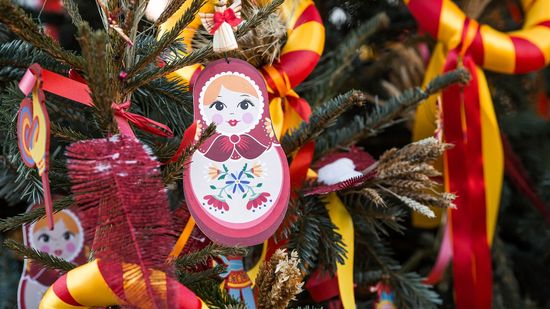
Russian Christmas Traditions: Jan. 7, Nativity Fast (Not Feast!) and More

Origins of Santa Claus: A Turkish Saint and American Poetry

The Origins of Christmas and a Roman Sun God's Birthday
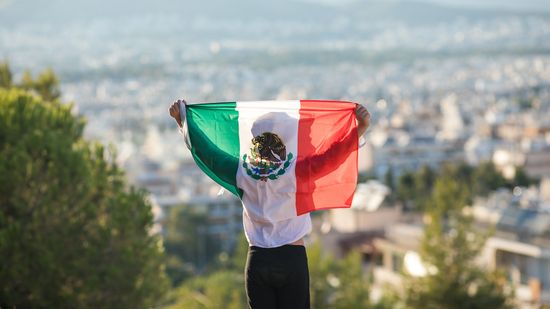
Mexico's Flag Represents Ancient History and Everlasting Hope

5 Black-Red-Yellow Flag Designs Around the World
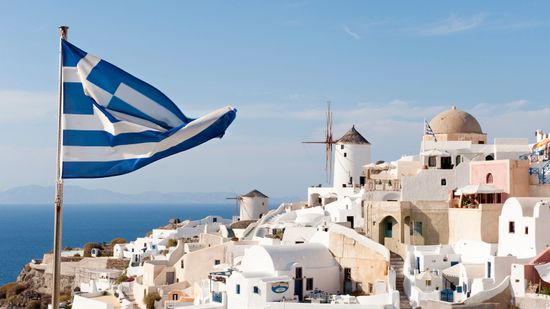
Which Blue and White Flag Is That? 9 Possibilities

How to Tell If She’s Cheating: Common Clues and Behaviors

Signs She’s Not in Love with You – She’s Just Playing Along

7 Signs He Likes You More Than Just a Friend

The Origins of Yoga: Spirituality, Meditation, and Wholeness
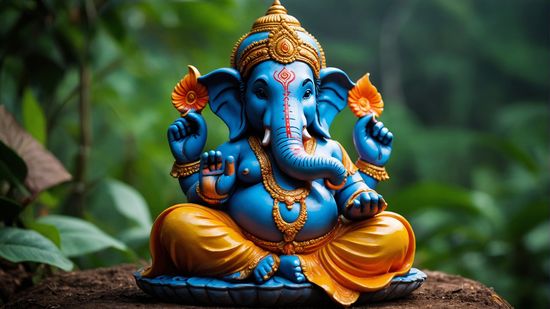
Origins of Hinduism and a Constantly Evolving Religion
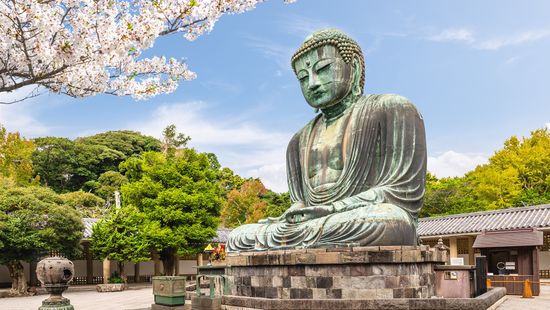
The Origins of Buddhism: A Very Brief History

The Zizians: A Strange and Dangerous Techno-Cult

How Synanon Went From Rehab Philosophy to Violent Cult

Branch Davidians and David Koresh's End of the World

Quiz: Finish That Jingle!

How One Woman Unexpectedly Became the Voice of Siri
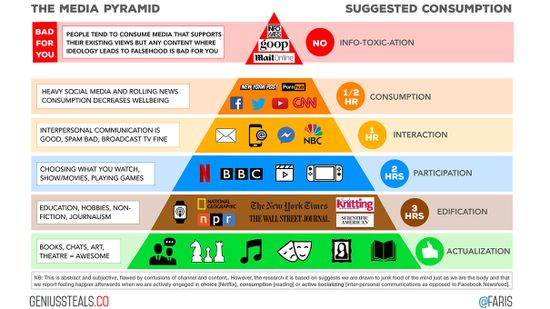
There's a Healthier Way to Consume Your Media
Learn More / Page 2
Mexico’s national flag is more than a colorful symbol; it’s a story in fabric form. Mexico's flag—specifically the version we see today—is the result of centuries of conflict, culture, and unification. It’s flown proudly in Mexico City’s central plaza and on government buildings across the country.
Curious about different types of dragons? Good call. Around the world, people have imagined dragon species that range from serpent-like dragon rainmakers to winged fire-breathers that strike fear.
Communication drives everything from friendships to billion-dollar business deals. But not all communication is created equal. In fact, the types of communication we use can completely change how our messages land.
Advertisement
Gen Z characteristics are already reshaping how we think about work, communication, and identity in our everyday lives.
Millennial characteristics are the product of an era shaped by rapid technological change, economic turbulence, and evolving social values.
Language evolves, and Gen Z — born between the 1997 and 2012 — has introduced an entire dictionary of expressive, clever, and sometimes confusing slang.
When it comes to shaping modern culture, few age groups get more attention than Millennials and Gen Z.
Advertisement
Gen X — born roughly between 1965 and 1980 — came of age surrounded by cassette tapes, arcades, and MTV. This generation created a language all its own.
Here we have two generations born into the digital world, yet shaped by different global events and technologies.
Every generation has its own way of talking, and Millennials — those born between 1981 and 1996 — have added plenty to the pop culture lexicon.
India is home to thousands of traditions, but a few events shine brighter than the rest.
Advertisement
Some of the world’s most awe-inspiring spots are natural wonders, whereas other famous landmarks offer a peek into the past.
If you've ever been curious about how the Land of the Rising Sun celebrates the changing seasons, cultural heritage and community spirit, look no further than Japanese festivals.
Walk past the gates of a Chinese temple or palace, and you’re likely to spot a pair of stone statues that look like lions with a twist. These majestic sculptures aren't just decorative; they're symbols of protection and prosperity known as foo dog statues.
Ever wonder what your last name says about your family's story? Turns out, some of the most common surnames in the U.S. reveal more than just ancestry; they hint at migration patterns, occupations and cultural influence across generations.
Advertisement
Bursting with color, music, and joy, Holi is one of the most important festivals in the Hindu tradition. But what is Holi exactly?
Today we're diving into the bizarre world of the Zizians, a rationalist group known for their extreme beliefs in applied rationality and complex interpersonal dynamics. Initially nestled primarily in the San Francisco Bay Area, this community blends philosophy, artificial intelligence and even computer science into their daily lives.
By Zach Taras
Today we're diving into the eerie concept of memento mori. In Latin, the phrase memento mori literally means "remember that you must die," and it has been a central theme in religious thought, art and philosophy for centuries.
By Talon Homer
Today, we're diving into the legendary figure of Methuselah, the oldest person recorded in human history. Mentioned in the Bible as living 969 years, Methuselah is often seen as a symbol of longevity and divine mystery. But what makes him so significant in religious tradition?
By Talon Homer
Advertisement
Ah, cherubim — those mysterious angelic beings that have sparked curiosity for centuries. These spiritual beings appear throughout the Bible, often depicted as guardians of God's presence, and their descriptions range from awe-inspiring to downright otherworldly.
By Mack Hayden
Today, we’re talking about penance, one of the most meaningful practices in Christian faith. Whether in the Catholic Church, the Eastern Orthodox Church or other Christian traditions, penance plays a crucial role in spiritual life. It's not just about saying "I'm sorry"; it's about real transformation and a return to God's grace.
By Mack Hayden
Discover the powerful symbolism of the lion tattoo, which represents strength, courage, leadership, and resilience. Uncover its deep cultural and spiritual meanings.
By HowStuffWorks
Discover the deep symbolism of the spider tattoo meaning, representing creativity, destiny, and resilience. Explore its cultural significance and unique designs.
By HowStuffWorks
Advertisement
Discover the deep symbolism of dragonfly tattoos, representing transformation, freedom, and adaptability. Explore their spiritual and cultural meanings.
By HowStuffWorks
Today, we're diving into a concept that has inspired Christians for centuries: the Fruits of the Spirit. These aren’t apples, oranges, or bananas, but rather the qualities that the Holy Spirit produces in believers, helping them grow in faith and reflect the character of Jesus Christ.
By Mack Hayden
